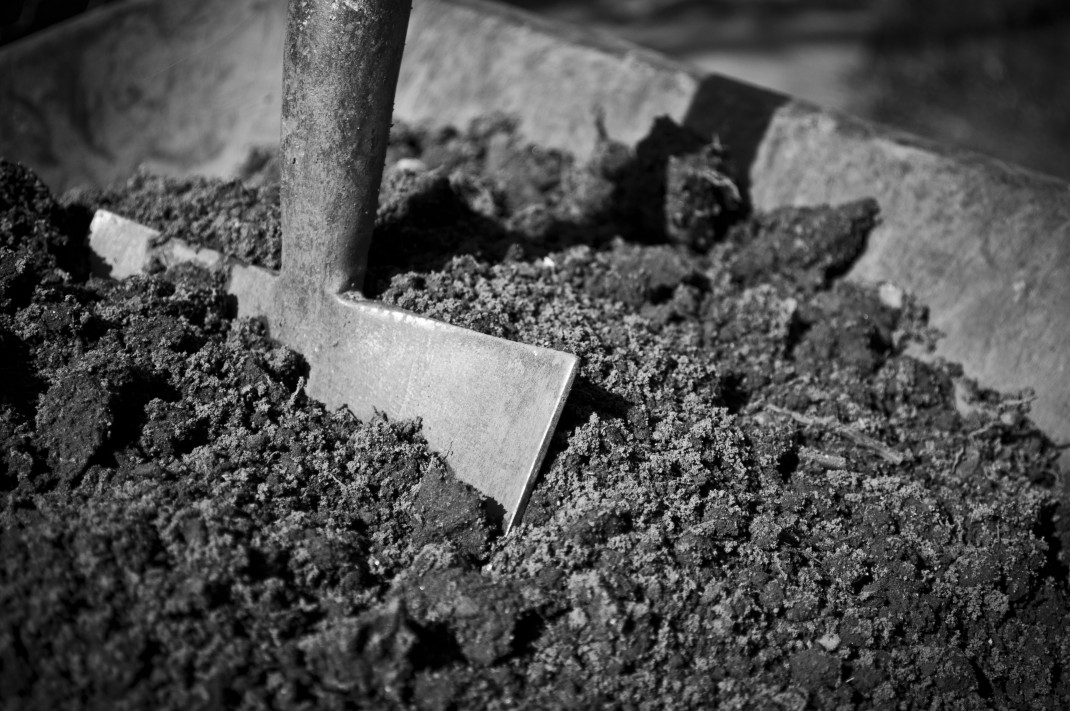
Rotting to the Core – Composting for Beginners

Composting
We love composting, using our waste from the kitchen and the garden and creating compost that you can use in your garden, it’s the ultimate recycling in your home. Its so easy to do even if you don’t have much space.
Roughly a third to two thirds of the average dustbin contents can go into your compost bin, meaning less rubbish to landfill and anything to help reduce our carbon footprint must be good. Compost also helps to improve your soil by improving moisture retention, adding nutrients and it helps to open up clay soils, therefore improving the soil structure.
How to Start Composting
- Buy a compost bin! There are so many different types to choose from, but don’t panic. Go with one that has a lid at the top and a door at the bottom. So you can get the rotten stuff from the bottom. If you have the space you could make your own out of wood. Two is always best so you can rotate the compost between the two bins. But don’t panic if you haven’t the space one will do you.
- Once you have bought your bin you can put it anywhere, except in direct sunlight, ideally near to the kitchen so you can easily put your scraps in there. Also don’t have the base on concrete or flags as you want the worms to come up so they can do their magic.
- Moist scrunched up cardboard is ideal for the bottom of your compost bin. Worms will love it!
What to put in it?
‘Browns’
- Cardboard, scrunched up.
- Paper, also scrunched up.
- Loo roll centres.
- Kitchen roll.
- Dried leaves.
- Small woody prunings from the garden.
‘Greens’
- Fresh uncooked fruit and vegetable peelings.
- Garden waste including grass clippings (not too much as they create too much moisture, you can have a separate grass cuttings compost bin), green leaves, soft prunings.
‘Don’t Put In’
- Class, tins, plastic – non recyclables.
- Cooked food, meat, fish, cheese fats or grease.
- Roots of perennial weeds eg, dock, dandelions, couch grass or ground elder.
- Any diseased plants.
- Cat or dog poo (you can get a special wormery that composts these!).
- Potatoes and too much citrus fruits.

What Happens Now?
Put your compost materials in your bin, I tend to just put them in when I have them or when the caddy in the kitchen is full. I don’t do any fancy layering because I mix my compost anyway so why bother to layer it when its going to get mashed every few months anyway. There are so many other jobs in the garden to be cracking on with. If you want to do it the post way then layer your contents with alternative layers of green and browns. Each layer to be around 100 mm thick. And if you get a ruler out I will be very impressed.
Just make sure your bin is moist and has the right amount of everything it needs, so when I open it to throw in what ever composting material it is I check everything is doing okay. I might add some cardboard or paper if I’ve put lots of greens in. I keep paper etc in a separate bin next door so I can easily throw it in. Simplicity is key! If your compost is a bit dry add some water, or just throw in some grass clippings now and again to help keep moisture in. You can buy a really cool device to stir up the contents, I bought my Dad one for fathers day a few years back and it works perfectly. Check it out on Amazon. Just remember not to breath in the compost when your turning it, when its still rotting fruit and veg!
Every 6 months to a year or depending on how well it looks I turn the compost bin into a spare one so that the stuff at the top goes to the bottom and the stuff at the bottom which is now compost I put into the old bin ready to be used in the garden.
There is so much information out there on the internet and books on everything to do with composting. A brilliant little book I bought for my Dad is “Composting – An easy Household Guide” by Nicky Scott. Its packed with all sorts of information and pictures. Great for the beginner composter.
What are you waiting for get composting!
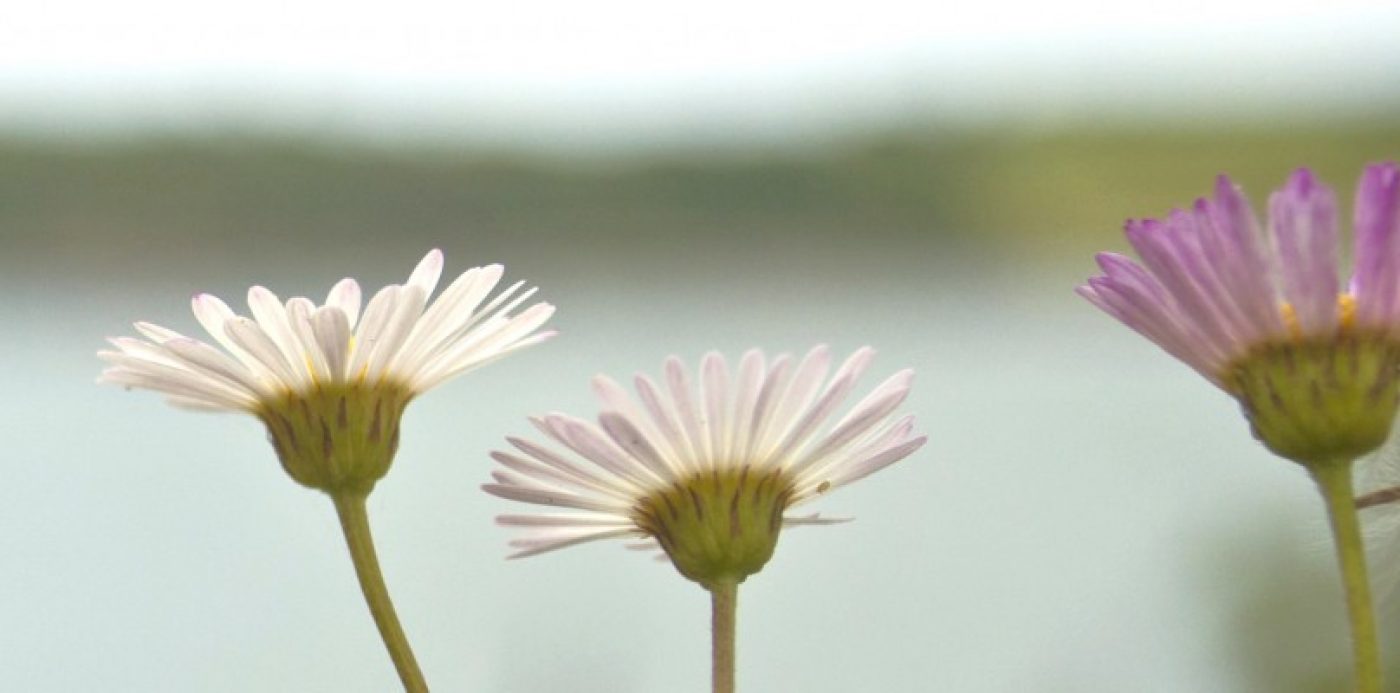
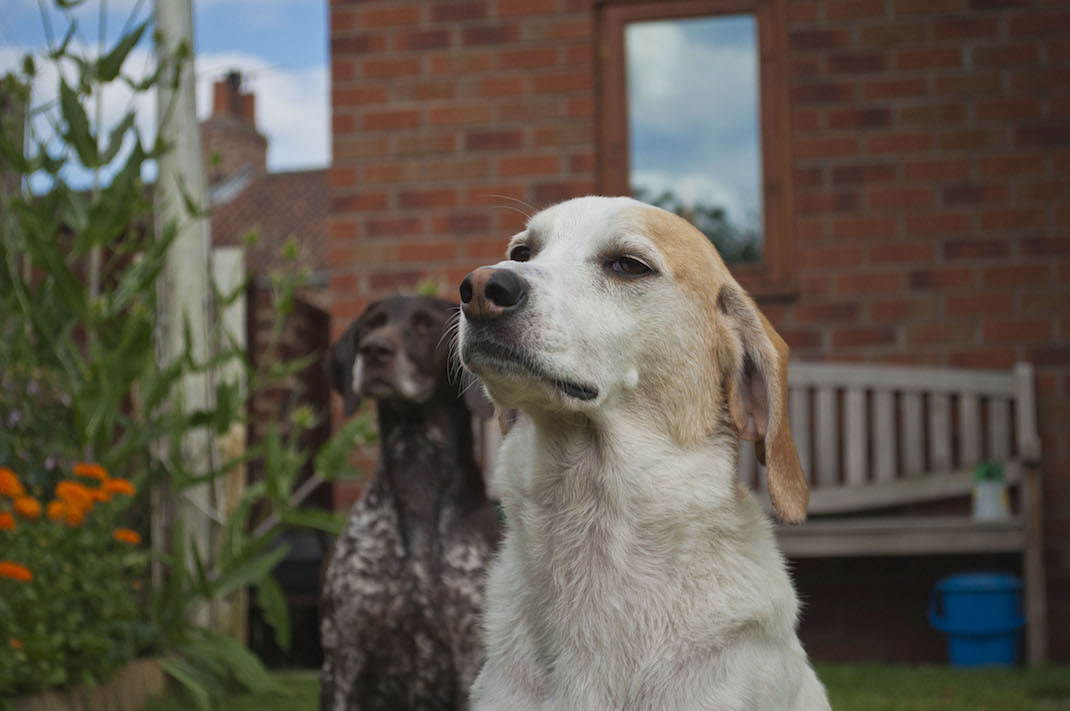
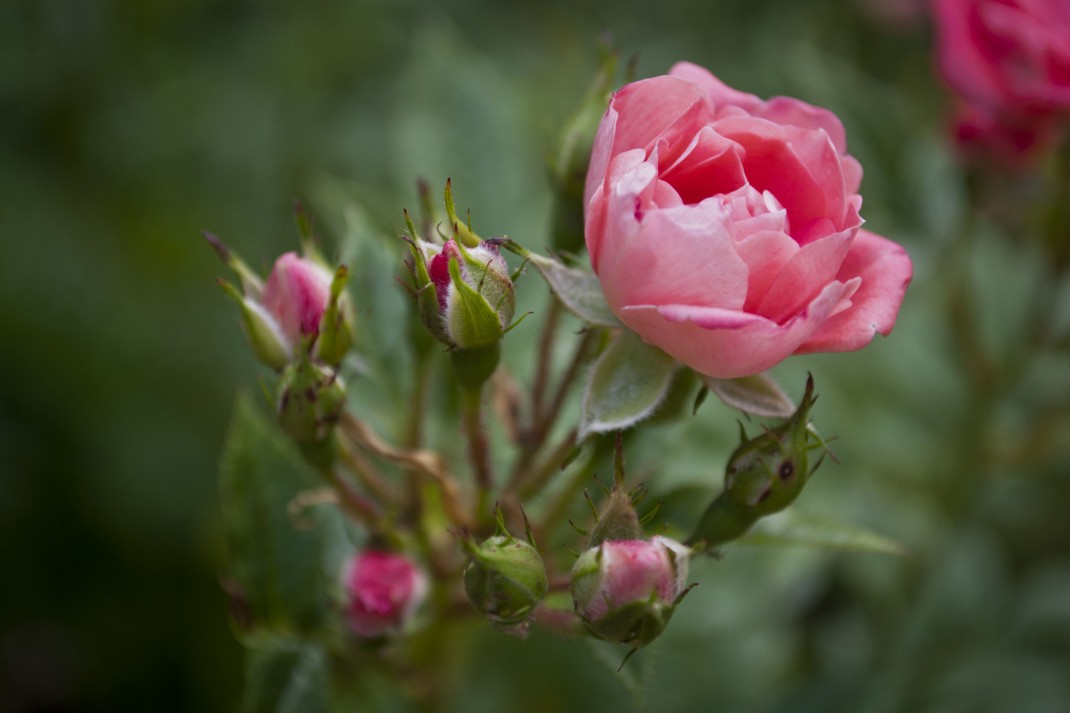
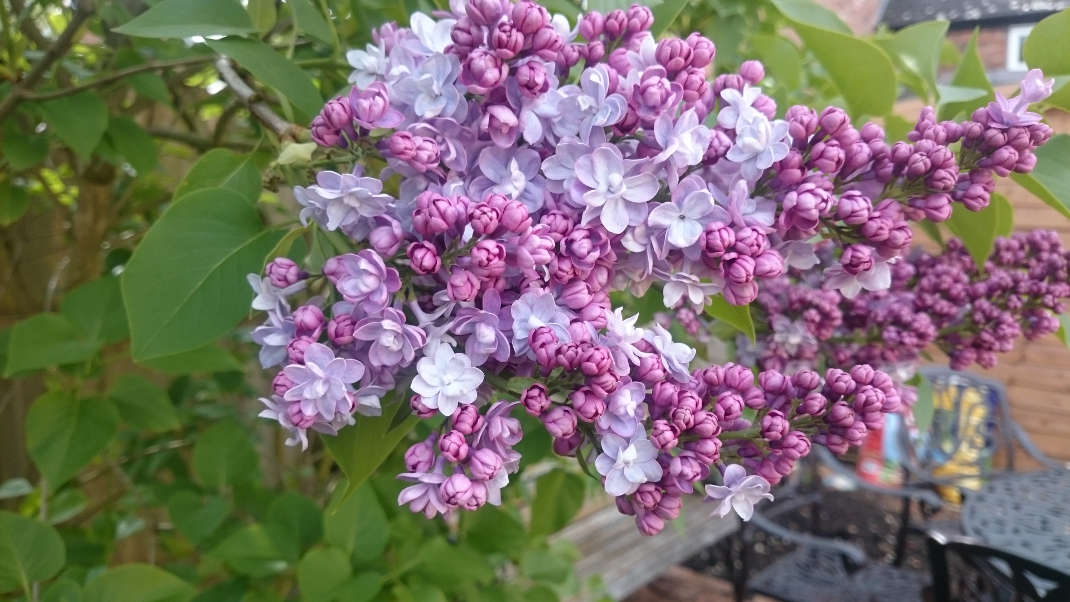


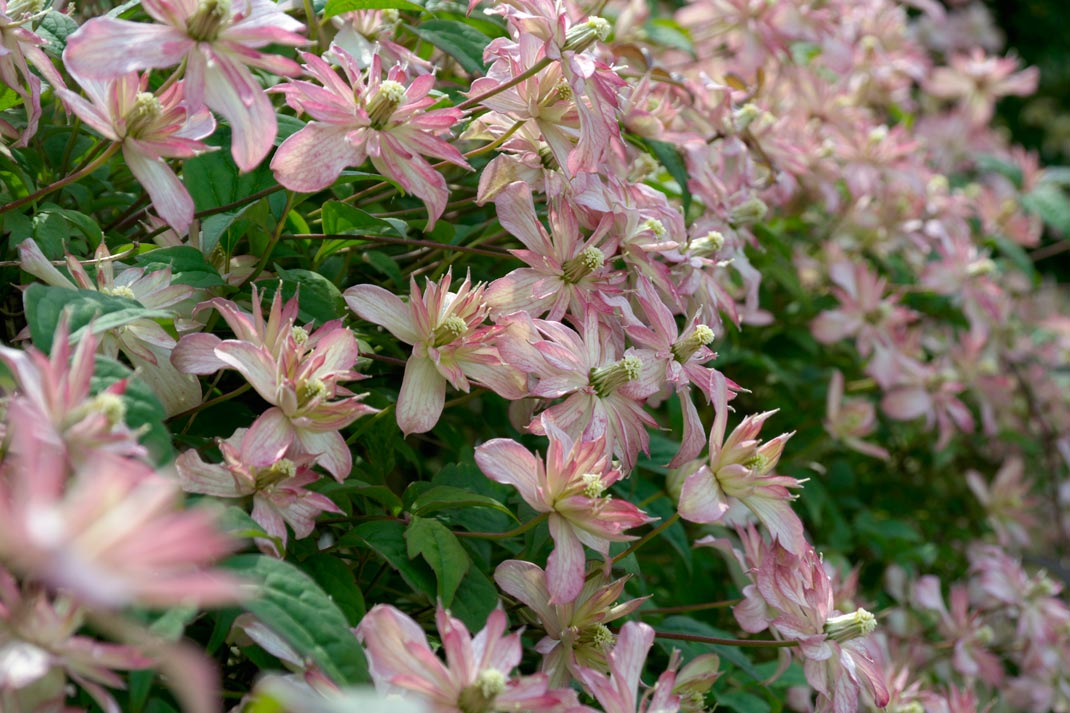
-
-
8 years
Tagged Aconitum, Aftercut, Aftercut patch Fix total lawn repair, Agrostemma githago, beloved pets